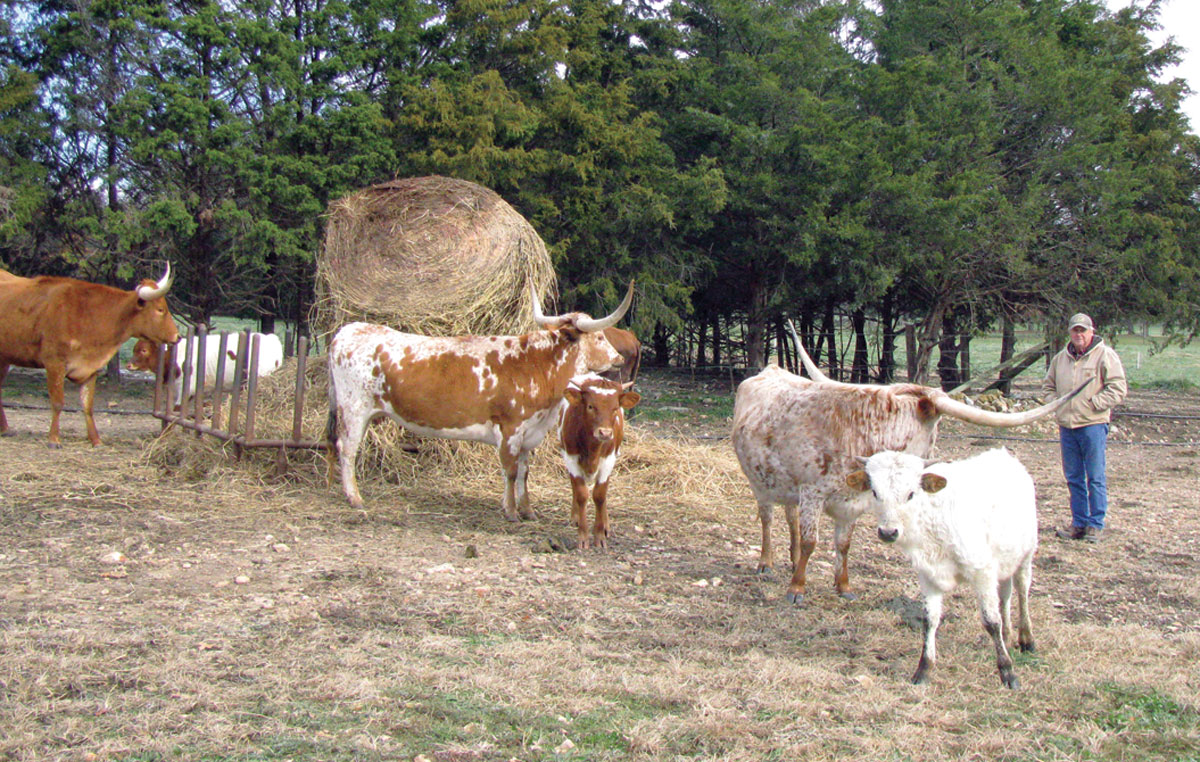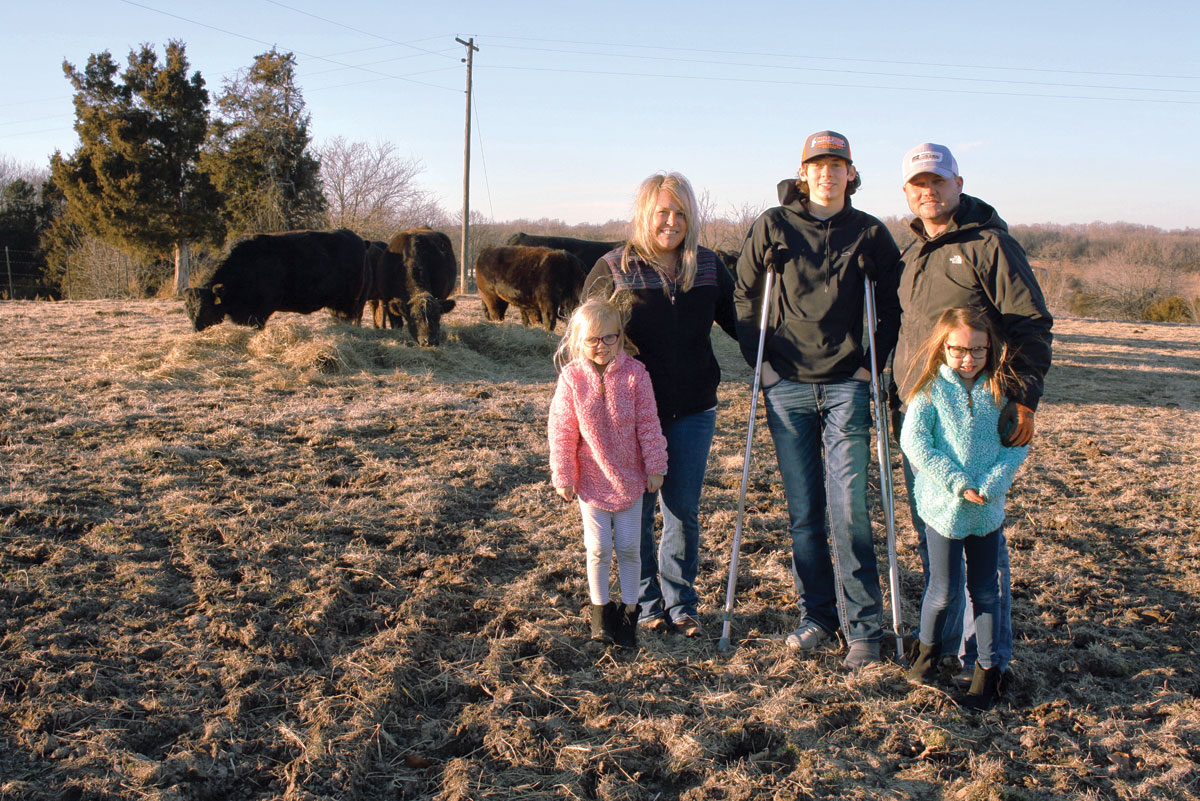
Fred and Cheryl Bryant established Elah Valley Longhorns six years ago
Fred and Cheryl Bryant raise registered Texas Longhorn cattle on their farm near Rogersville, Mo., in Greene County. The farm is Elah Valley Longhorns.
“We wanted to name it in some way to honor the Lord, and Elah Valley is where David slew Goliath,” Fred said.
They have lived on their farm for 15 years.
“I grew up here. Cheryl and I met here in college,” Fred said. They moved to Fairlawn, Ohio, where he was a corporate officer for Mitsui International.
“We like Springfield, Mo., so we moved back,” Fred recalled. They have been married for 45 years.
They had commercial cattle for a time, but when the markets got high, they sold out. The couple, however, still wanted to be involved in the cattle business.
“We thought about what we wanted to do next and decided we didn’t want to take cattle to the sale barn.”
They wanted to get into registered cattle, so they began doing research on Longhorns and have had registered Texas Longhorns for six years.
Fred bought his first Longhorns in Kansas. Then he purchased some from Kentucky. He started going to registered Longhorn sales after that.
“We got into it for the money, because we felt that there was a market and it wasn’t a meat market,” Fred explained. “We do sell the meat and it’s starting to really do very well for us. It is a very lean meat, almost no fat at all, leaner than chicken. So there’s a health market there. We’re going to start advertising the meat before long. But right now we’re probably selling 400 pounds every two months, which I can’t supply any more than that right now.”
They have 50 momma cows, three herd sires, and “lots of calves,” according to Fred. He also said November and December are busy months for calving.
“Then it’s going to be April or May,” he said.
As for the type of operation they have, Fred said, “I’ve got it all.”
He has bulls for sale, replacement heifers, and a cow/calf operation. He sells his cattle online.
Fred believes the greatest asset of the Longhorn breed is “the beauty.”
“We have people stop all the time and want to talk to us about our cattle. They’re in awe of how big their horns are. They just like them.”
Fred said the cows’ horns get bigger than the bulls’.
When it comes to color, he said the brindle is a nice color.
“The brindle is reddish-black-striped, all kinds of red, black and blue polka dots on them. People really want that. Just because it’s yard art,” he said.
Fred referred to the Longhorns as “yard ornaments.” That is true at their home. He has the bottom half of their front yard fenced off and the cattle sometimes graze there.
One big misconception about Longhorns is the flavor of the meat. “The Longhorn beef is good,” Fred said.
The hamburger is excellent. You don’t have the fat that you have with a normal beef. The other cuts, the steaks, the flavor is good. It’s tougher. You need to cook Longhorn beef slow, because there’s no fat. The beef market with Longhorns is growing. It’s doubling every year.”
But what about those horns?
“They can be a problem, especially when you’ve got a momma cow with a young one,” Fred explained. “The first two or three weeks you need to be careful, regardless of how long you’ve been around them. And they tell you when they don’t want you to come any closer by nodding their head. It’s pretty easy to tell.”
Fred said the horns are for show, and said,
“They are strictly a yard ornament.”
From tip to tip, the average length of the horns in his herd is around 70 inches. But he has had some longer.
The horns do break. One of the first heifers he bought in Kansas broke a horn within two weeks, rubbing a tree. In another week she broke the other horn.
“She’s a great cow. She’s produced some beautiful offspring,” Fred said. “She’ll die on the place. They’ll breed up to 20 years of age, sometimes a little more.”
He also said there is value in the horns.
“If we have one to die, we’ll save the head and the horns. For that you can get $300 to $500.”
Fred said the most important thing to know when raising Longhorns is pedigree.
“Know that you’re going to have to make an investment if you really want to make money with it. Just buying the common Longhorn, that’s not registered, you need a place where you’re going to be able to sell them. They don’t do well at the sale barn at all.”






